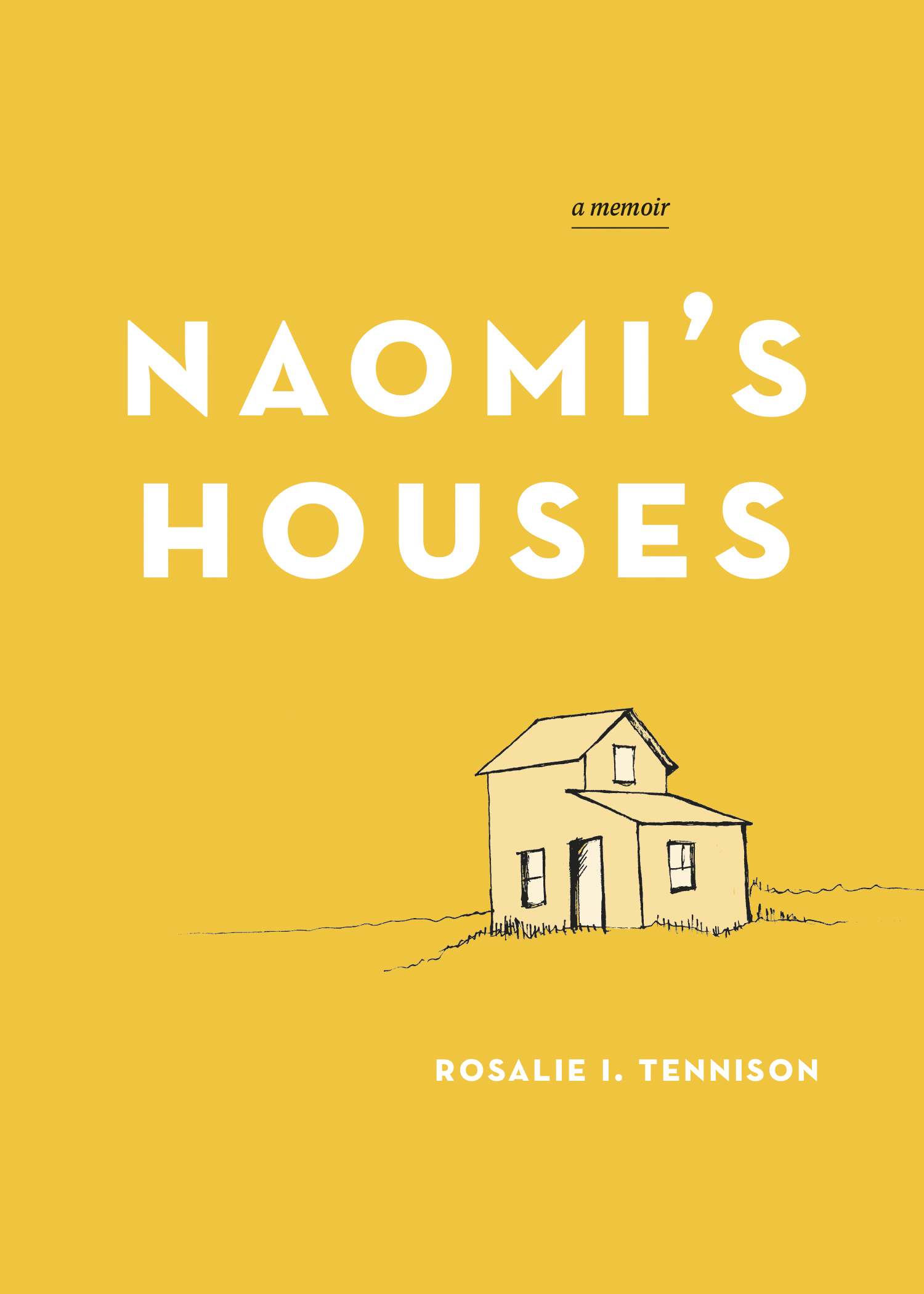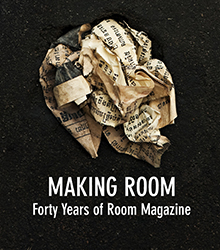Naomi’s Houses
by Rosalie I. Tennison
Heritage House
288 pages
$27
Naomi’s Houses, the first full-length publication by agricultural journalist Rosalie I. Tennison, reads as a clear-eyed love letter to her mother, the eponymous Naomi. The story opens during the narrator’s early childhood on a struggling farm, where she lives with her parents and siblings. Tennison describes how despite the hardships they face, “[n]one of the deprivations we lived with overshadowed my understanding that I was surrounded by a loving family.” However, this early foundation collapses after her father dies unexpectedly when the narrator is six years old.
The memoir powerfully conveys the vulnerability of a widowed woman raising her children in the 1960s and the challenges she endures. Naomi is dominated by her own father, who forces her to sell the farm and buy a house in town. She faces sexist hiring and employment practices, and when the family is forced to go on welfare, the welfare office exerts its own control. Naomi eventually marries a man who hides his desire to control her until after the wedding. Although she becomes increasingly isolated, she stands firm in her resolve not to sell her own house—a decision that eventually allows her to escape her marriage.
Tennison’s tribute to her mother is both honest and compassionate. Despite living with poverty and sexism, Naomi is able to provide a loving foundation for the narrator. As Tennison recalls, “Mum never missed a chance to make me feel special using her shoestring-budget creatively to shield me from our poverty.” The writer avoids the hazard of sentimentality by using a fair approach to characterization, occasional humour, and a measured tone.
The book also provides a working-class perspective of people who use their resourcefulness and ingenuity to survive an unfair system. The narrator describes her grandparents’ house as a “school,” where she learns survival skills from her mother and grandmother. Nothing is wasted: “most farm folk used their machinery until it wore out and then mined it for parts.” In Naomi’s Houses, intelligence is not conflated with formal education; Tennison notes that “[i]n the days before internet searches and online videos to explain how to fix a broken lamp or piece of furniture, they used logic and ingenuity to devise a solution. I truly believe I benefited from living in close proximity to these clever people.”
Throughout the memoir, stoicism and humour see Tennison and her family through hard times. Working-class lives are often either romanticized or pathologized; instead, Tennison highlights the strength, dedication, knowledge, and ingenuity inherent in working-class culture. Naomi’s Houses is not only a moving personal tribute, but also an important contribution to both women’s and working-class history in Manitoba.














